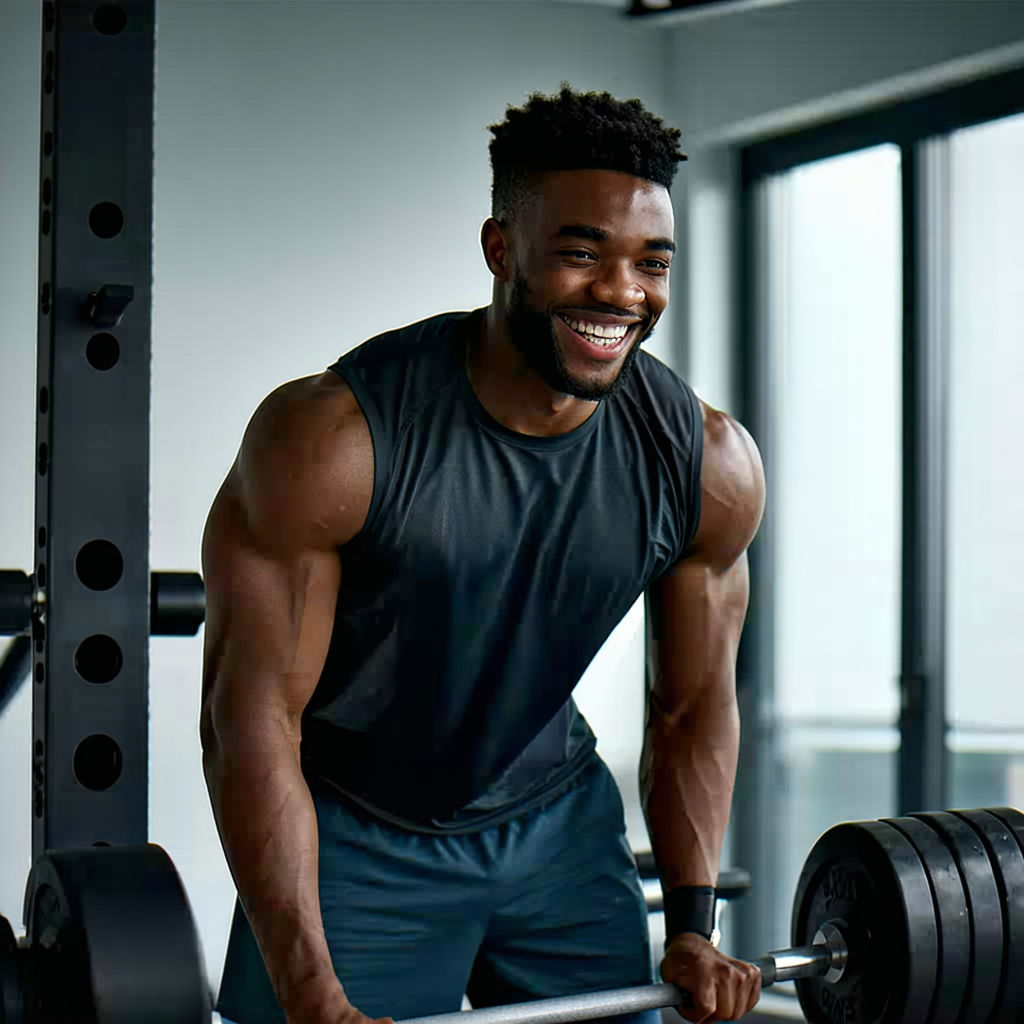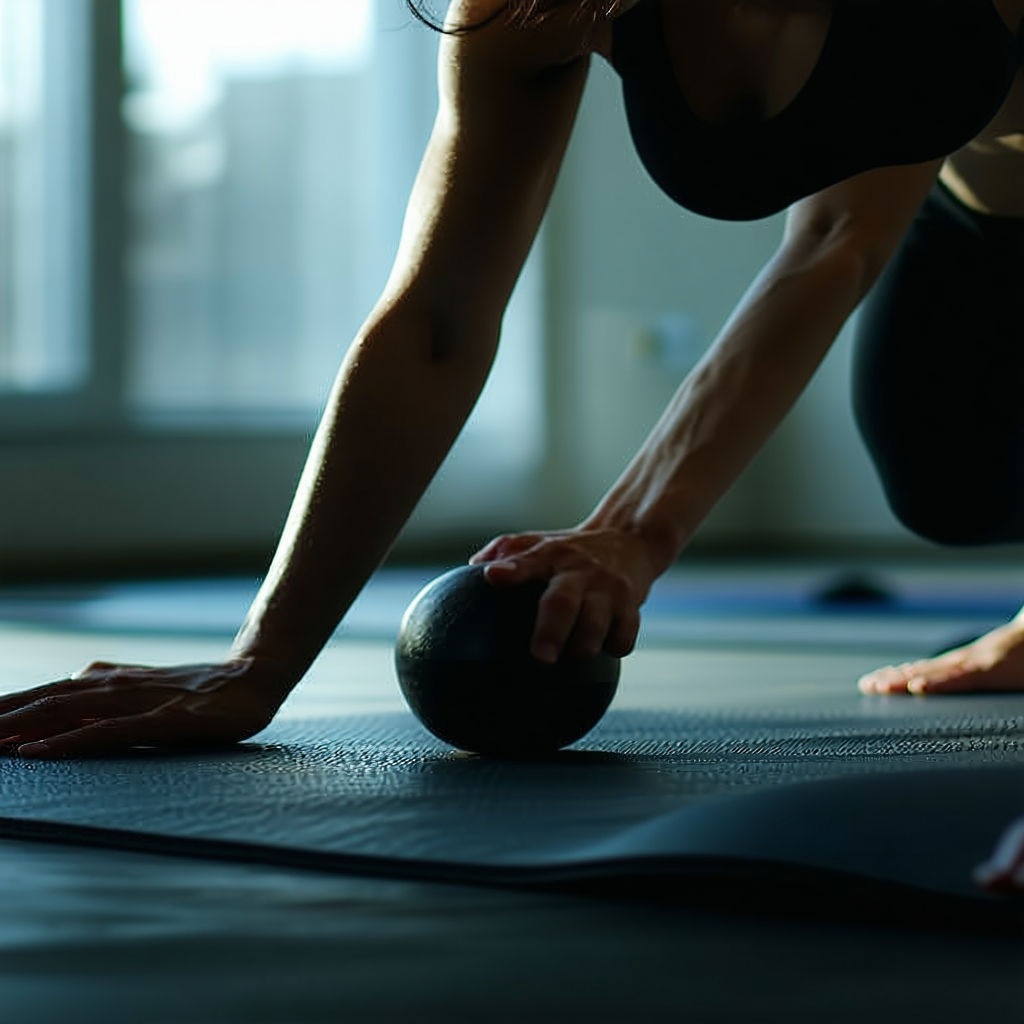Do These 7 Home Workouts Actually Work for Weight Loss? A Testimonial Review

Table of Contents
- Home Workout Basics
- Workout 1: Bodyweight Exercises
- Workout 2: Resistance Band Exercises
- Workout 3: High-Intensity Interval Training (HIIT)
- Workout 4: Yoga and Stretching
- Workout 5: Pilates and Core Strengthening
- Workout 6: Jump Rope and Cardio
- Workout 7: Kettlebell Exercises
Home Workout Basics
Home workouts have gained immense popularity in recent years, especially during the pandemic when gyms were closed. These workouts typically involve using your own body weight or minimal equipment to perform exercises in the comfort of your own home. The main benefits of home workouts include:
- Convenience: No need to travel to a gym or worry about opening hours.
- Cost-effective: Save money on gym memberships and expensive equipment.
- Flexibility: Work out whenever you have free time, without adhering to a strict schedule.
- Privacy: Exercise without feeling self-conscious or intimidated by others.
Embarking on a journey of home workouts requires minimal equipment - just a compact area, comfortable attire, and an optimistic mindset. Exercises that utilize your own body weight, such as push-ups, squats, and lunges, are highly efficient for both muscle gain and calorie burn. Utilizing everyday items like water bottles or chairs can introduce variety into your workout regimen.

Workout 1: Bodyweight Exercises
Bodyweight exercises offer an accessible and flexible way to burn calories and build strength. They require no equipment, making them ideal for those short on time or space. Exercises like push-ups, squats, lunges, and planks engage multiple muscle groups, offering a full-body workout without needing fancy machines.
Why Bodyweight Exercises Work for Weight Loss
Bodyweight exercises are effective for weight loss because they combine strength training with cardiovascular activity. Movements such as burpees and jump squats elevate the heart rate, enhancing calorie burn. On top of that, these exercises can be performed in quick circuits, a form of high-intensity interval training (HIIT), which has shown to burn fat and improve stamina. The beauty of HIIT is that it keeps the body burning calories even after the workout ends.
Customizing Intensity
The intensity of bodyweight exercises can be adjusted to suit any fitness level. Beginners may start with basic moves, while more experienced individuals can add variations or increase speed. For example, a standard plank can be modified into a side plank or plank with leg lifts to engage additional muscle groups. The flexibility of these exercises allows continuous progression, ensuring that the body never hits a plateau.

Workout 2: Resistance Band Exercises

Resistance band exercises rank among the most effective home workouts for weight loss, according to fitness expert Sarah Thompson. These portable, budget-friendly tools create constant tension throughout each movement, engaging multiple muscle groups and boosting caloric burn.
Key Exercises
- Band Squats: Stand on the band with feet shoulder-width apart, holding the ends at shoulder level. Lower into a squat while maintaining tension.
- Rows: Anchor the band at chest height, step back until taut. Pull the band toward your chest while squeezing shoulder blades.
- Chest Press: Wrap the band around your back, hold ends in front. Push forward against resistance.
Benefits for Weight Loss
The resistance band workout burns 200-300 calories per 30-minute session when performed at moderate intensity. The continuous tension increases muscle engagement compared to bodyweight exercises, leading to enhanced metabolic rate and fat burning potential.
Research shows resistance training with bands improves muscle strength and endurance while promoting fat loss. A study of 40 participants demonstrated a 4% reduction in body fat after 12 weeks of band training, three times per week.
The workout becomes challenging through progressive overload - using stronger bands or adjusting stance to increase resistance. This adaptability makes it suitable for both beginners and advanced fitness enthusiasts targeting weight loss goals.
Workout 3: High-Intensity Interval Training (HIIT)
High-Intensity Interval Training (HIIT) is a type of workout that involves short periods of high-intensity exercise followed by brief periods of rest. This type of training has gained popularity in recent years due to its effectiveness in burning fat and improving cardiovascular health.
What is HIIT?
HIIT involves short bursts of high-intensity exercise, typically lasting between 20-30 seconds, followed by a brief period of rest or low-intensity exercise. This cycle is repeated for 15-20 minutes, depending on the individual's fitness level and goals. For example, a HIIT workout might involve sprinting for 30 seconds, followed by 30 seconds of walking or jogging.
Benefits of HIIT
- Improved Cardiovascular Health: HIIT workouts are designed to push your heart rate up and down repeatedly, which can help improve cardiovascular health and increase endurance.
- Increased Fat Loss: HIIT workouts have been shown to be effective in burning fat and improving insulin sensitivity.
- Time-Efficient: HIIT workouts are typically shorter than traditional workouts, making them a great option for those with busy schedules.
Example of a HIIT Workout
This video demonstrates a HIIT workout that can be done at home with minimal equipment. The workout involves short bursts of high-intensity exercise, followed by brief periods of rest.
Tips for Starting a HIIT Workout Routine
- Start Slow: If you're new to HIIT, start with shorter intervals and gradually increase the duration as you become more comfortable.
- Warm Up: Always warm up before starting a HIIT workout to prevent injury.
- Listen to Your Body: If you're feeling fatigued or experiencing pain, stop and rest.
For more information on HIIT workouts and how to incorporate them into your fitness routine, check out this article: HIIT Workouts Explained: Burn Fat, Build Stamina

Workout 4: Yoga and Stretching

Yoga and stretching exercises stand out among home workouts for their dual benefits of physical conditioning and mental wellness. Through a combination of poses, breathing techniques, and mindful movements, practitioners report notable improvements in flexibility, strength, and weight management.
Physical Benefits
Regular yoga practice builds lean muscle mass through bodyweight resistance exercises like planks, chaturangas, and warrior poses. These movements increase metabolic rate and support sustainable weight loss. The International Journal of Yoga reports that consistent practice can reduce body mass index (BMI) and body fat percentage.
Mental Wellness Impact
The meditative aspects of yoga reduce cortisol levels - a stress hormone linked to weight gain and belly fat storage. Deep breathing exercises and relaxation techniques regulate appetite and minimize stress-induced eating patterns.
Key poses for weight management:
- Sun Salutations (burns 230 calories per 30 minutes)
- Power Yoga sequences
- Vinyasa flow combinations
- Standing balance poses
Best practices:
- Practice 3-4 times weekly
- Hold poses for 30-60 seconds
- Focus on proper form
- Combine with other cardio activities
The success rate increases when practitioners maintain consistency and proper form rather than rushing through sequences. A balanced approach incorporating both dynamic and restorative poses maximizes the weight loss potential while preventing injury.
Workout 5: Pilates and Core Strengthening
Pilates has long been praised for its ability to build core strength and improve flexibility. But does it actually help with weight loss? The short answer: yes, but with a few caveats.
Pilates focuses on controlled movements that engage your core muscles, which can lead to improved muscle tone and posture. While it doesn't burn calories as rapidly as high-intensity workouts, it can still contribute to weight loss when combined with a balanced diet and other forms of exercise. According to a Fiit blog, pairing Pilates with a low-carb, nutrient-dense diet can enhance fat-burning potential.
Core Engagement and Muscle Definition
One of the standout benefits of Pilates is its emphasis on core engagement. Every exercise, whether it's a simple plank or a more complex leg lift, requires you to activate your abdominal muscles. This not only strengthens your core but also improves overall body alignment. Over time, this can lead to a leaner, more defined physique.

While Pilates alone may not torch calories like running or cycling, it's an excellent complement to cardio workouts. The combination of muscle toning and core strengthening can contribute to a more efficient metabolism, which supports long-term weight management.
Workout 6: Jump Rope and Cardio
Jump rope is more than just a childhood pastime — it’s a powerful cardio workout that combines agility, coordination, and endurance. In fact, jumping rope for just 10 minutes can burn as many calories as running an eight-minute mile. This makes it an efficient way to shed pounds and improve cardiovascular health.
Why Jump Rope Works
Jumping rope engages multiple muscle groups, including your legs, core, and arms, while keeping your heart rate elevated. This full-body workout can help you burn calories quickly, which is essential for weight loss. According to a guide on cardio workouts, consistent cardio exercise, like jump rope, can also improve stamina and boost metabolism.
How to Maximize Results
To get the most out of your jump rope routine, try alternating between high-intensity intervals and slower-paced jumps. For example, jump as fast as you can for 30 seconds, then slow down for 30 seconds to recover. Repeat this cycle for 10-15 minutes. You can also mix in other cardio exercises, such as burpees or jumping jacks, to create a more dynamic workout.

Jump rope is a versatile and effective way to incorporate cardio into your fitness routine, whether you’re at home or on the go.
Workout 7: Kettlebell Exercises
Kettlebell workouts offer a versatile and efficient way to train multiple muscle groups while also boosting cardiovascular endurance. These exercises can be done in the comfort of your home with minimal equipment, making them a popular choice for those looking to lose weight without the need for a gym membership. The key to kettlebell training lies in its ability to combine strength and cardio into one seamless routine.
Why Kettlebell Exercises Stand Out
Unlike traditional weightlifting, kettlebell movements often involve dynamic, full-body motions that engage your core, glutes, and legs. Exercises like the kettlebell swing, goblet squat, and Turkish get-up not only build muscle but also elevate your heart rate, promoting fat burn. Additionally, kettlebell exercises can improve your balance and coordination, making them a well-rounded option for overall fitness.
A study published in the Journal of Strength and Conditioning Research found that a 20-minute kettlebell workout can burn up to 400 calories, depending on intensity. This makes it a powerful tool for those aiming to shed pounds. For best results, aim to perform kettlebell exercises three to four times a week, incorporating rest days to allow muscle recovery.
For more information on how to fuel your workouts with the right nutrition, check out this high-protein meal plan.
